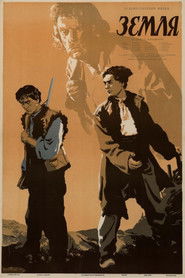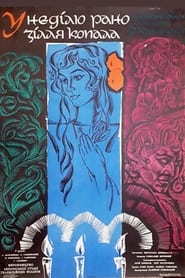A pioneering Ukrainian modernist writer; sister of Yuliian Kobyliansky. A self-educated and well-read woman, her first novellen were written in German, beginning in 1880. From 1891 she lived in Chernivtsi. Her travels and acquaintance with Lesia Ukrainka, Nataliia Kobrynska, Osyp Makovei, Ivan Franko, Vasyl Stefanyk, and Mykhailo Kotsiubynsky changed her cultural and political outlook, and she became involved in the Ukrainian women's movement in Bukovyna and began writing in Ukrainian. Many of her works—including the novels Liudyna (A Person, 1891) and Tsarivna (The Princess, 1895)—have as their protagonists cultured, emancipated women oppressed in a philistine, provincial society; semiautobiographical elements and the influence of the writings of George Sand and Friedrich Nietzsche are evident. A neoromantic symbolist, she depicted the struggle between good and evil and the mystical force of nature (eg, the short story ‘Bytva’ [Battle]), predestination, magic, and the irrational in many of her stories of peasant life and in her most famous novels, Zemlia (Land, 1902) and V nediliu rano zillia kopala (On Sunday Morning She Gathered Herbs, 1909). Her works are known for their impressionistic, lyrical descriptions of nature and subtle psychological portrayals.
Kobylianska's works have been published in many editions and selections. The fullest collections were published in 1927–9 (9 vols) and 1962–3 (5 vols). In 1944 a literary memorial museum dedicated to her was opened in Chernivtsi.
Kobylianska's works have been published in many editions and selections. The fullest collections were published in 1927–9 (9 vols) and 1962–3 (5 vols). In 1944 a literary memorial museum dedicated to her was opened in Chernivtsi.
Show more expand_more
keyboard_double_arrow_down



